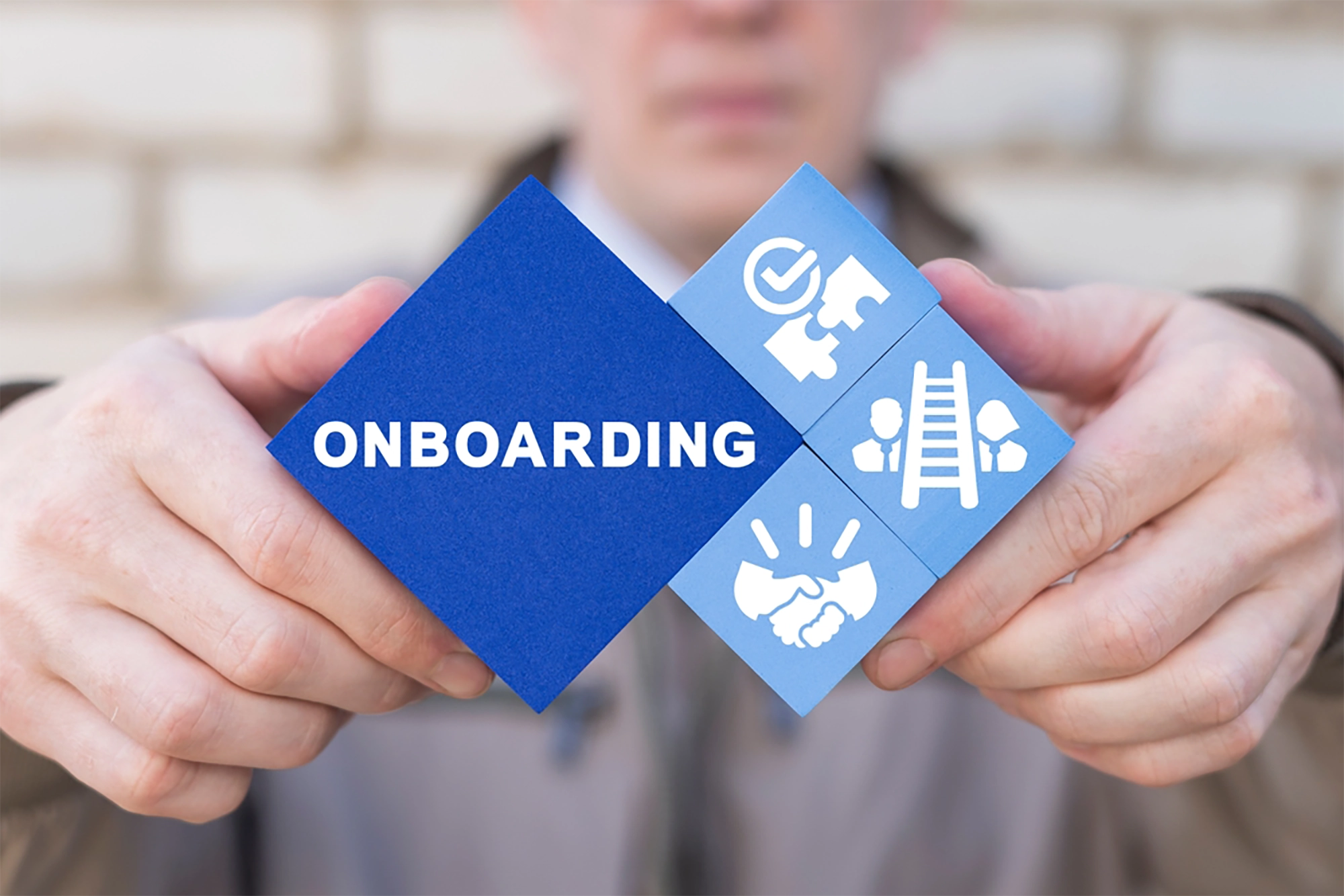When it comes to hiring skilled trades professionals internationally, the process can be complex and challenging to navigate. From sourcing workers to ensuring compliance with immigration laws, there are many factors to consider.
Below is a step-by-step checklist to guide you through the key considerations when hiring skilled professionals internationally.
Jump ahead:
1. Define Your Hiring Needs and Job Requirements
2. Screen for Relevant Certifications and Qualifications
3. Assess Skills Through Practical Testing
4. Check Experience and References
5. Understand Immigration and Work Permit Requirements
6. Prepare for Relocation and Onboarding
7. Set Clear Expectations and Provide Ongoing Support
8. Monitor Legal Compliance
1. Define Your Hiring Needs and Job Requirements
Start by clarifying exactly what you’re looking for. This includes defining the skills, experience, and certifications required for the role. For example, be specific about the types of equipment used in the job, the required level of experience, and any specialized certifications or licenses that may be necessary for the role.

2. Screen for Relevant Certifications and Qualifications
Candidates from different countries may have varying certification standards, so it’s important to verify that their credentials are equivalent to the requirements in your country. This is especially important for trades that require specific safety certifications or technical qualifications.
3. Assess Skills Through Practical Testing
While certifications provide evidence of a candidate’s education, practical skills are just as important. Arranging for skill testing or practical assessments to evaluate the candidate’s hands-on abilities can help ensure they’re the best candidate for the position. Whether it’s welding tests or mechanical troubleshooting, these assessments ensure that candidates meet your operational needs.

4. Check Experience and References
Ensure candidates have relevant work experience by checking their job history and references. Background checks and contacting previous employers can help to confirm the candidate’s performance, reliability, and work ethic. This step ensures you’re hiring professionals who have successfully applied their skills in a real-world setting.
5. Understand Immigration and Work Permit Requirements
Hiring internationally involves navigating immigration laws and ensuring your candidates are eligible to work in your country. It’s important to have a clear understanding of work permit processes, visas, and all other necessary documentation, to ensure compliance with immigration and labour laws.
6. Prepare for Relocation and Onboarding
Once you’ve selected your international candidates, it’s time to plan their relocation and onboarding. This involves providing relocation support, including finding housing, coordinating travel arrangements, and ensuring a smooth transition. Proper onboarding is key to integrating international workers into your workplace culture and ensuring they are fully prepared for their roles.

7. Set Clear Expectations and Provide Ongoing Support
Establish clear expectations for the role and provide ongoing support as international workers adjust to their new positions and country. This may include mentorship, additional training, or support in adapting to local safety standards and procedures.
8. Monitor Legal Compliance
Finally, make sure your hiring practices remain compliant with labour laws and regulations. This includes adhering to employment standards, maintaining proper work permits, keeping a record of all documentation, and following any other legal requirements for international workers.
Conclusion
Hiring skilled trades professionals from abroad can be a game-changer for your business, providing access to a global talent pool with the specific skills your company needs. By following this checklist, you can streamline the hiring process, ensuring you find the right candidates quickly and efficiently.
At IVEY Group, we specialize in helping businesses hire top-skilled trades professionals from around the world. If you’re looking to expand your workforce with qualified international talent, contact us today to see how we can assist you every step of the way.



